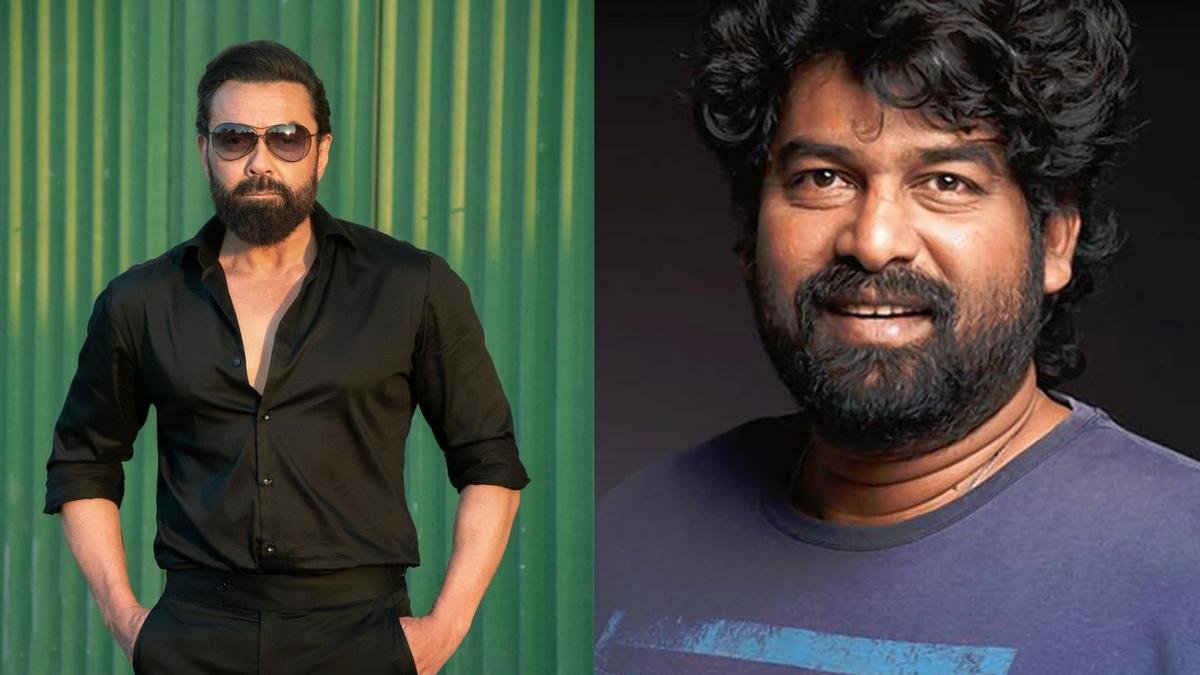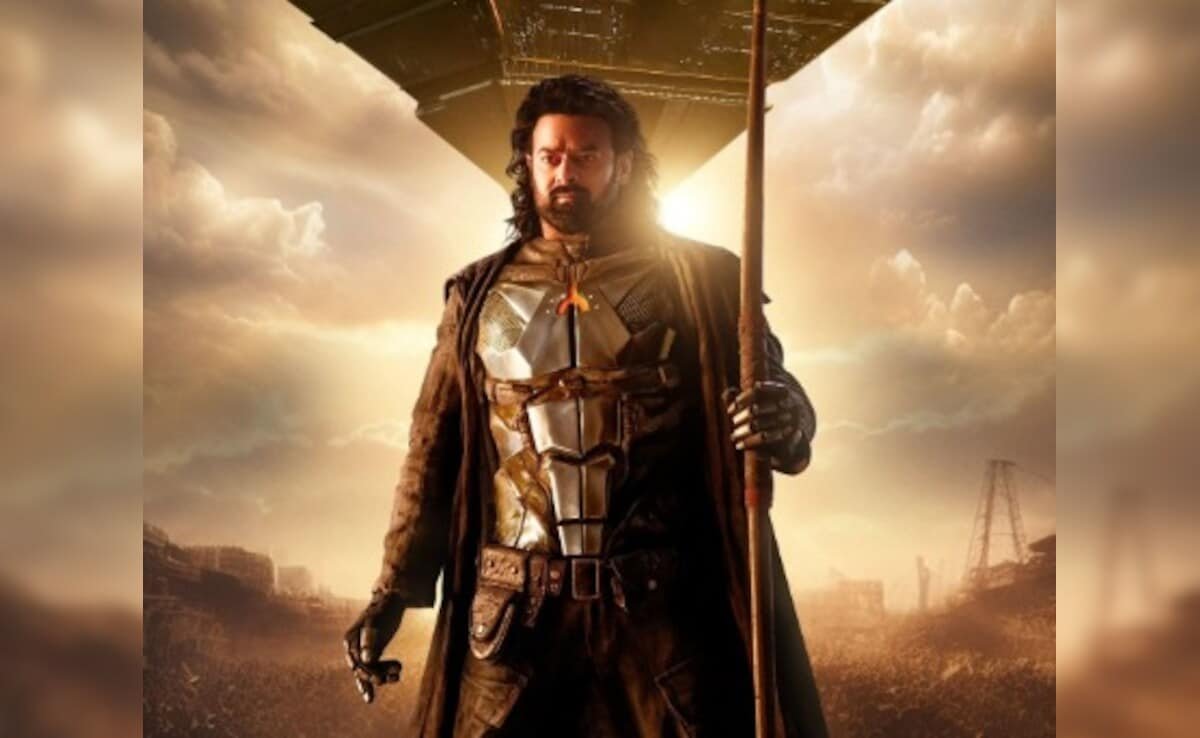Growing up, Subodh Kerkar remembers watching his parents painting in their spare time, and happily joining along. “At 18, I wanted to be anything, except a soldier, a priest or a shopkeeper,” he chuckles. Kerkar ended up pursuing medicine, and pursued art as a hobby, much like his parents.
When life as a doctor became routine, however — and he started noticing his artworks being snapped up by collectors — he decided to give an alternate career a go. Today, the artist and founder of the private art gallery, Museum of Goa, is taking his art international. Last Sunday, a playful installation titled The Keel was performed on IJmuiden beach in Amsterdam, the Netherlands, with over 50 participants. This weekend, a movie of it, along with two other installations, will be shown at LaLaLand, a festival showcasing art and music from India, in Ruigoord.
The Keel was performed by over 50 participants
Answering the ocean’s call
It’s been a long journey getting here. “Initially, I started painting portraits and landscapes, but got bored again!” Kerkar says. “Just because I could draw, didn’t mean I was anywhere close to being an artist. So I trained my eye and knowledge by constantly visiting galleries, museums and biennales — they became my art teachers.”
Describing his works as a reflection of his thoughts and a commentary on his experiences, often throwing light on his socio-political beliefs, Kerkar’s works are largely performative, shot across a beachside landscape. “I call myself an ocean artist because I believe the ocean has a huge role to play in creating civilisations. It ferried people, ideas, text and trade for centuries — it’s a highway of culture. When I create works or compositions on the beach, I’m celebrating the inseparability of life and the ocean.”
The Keel harks back to the lives of Goan fishermen, whom he observed while practising medicine in their villages. Kerkar realised how inseparable their lives are from the ocean. “It was also inspired by the book Homo Ludens, written by Dutch historian and cultural theorist Johan Huizinga. He described humans as homo ludens, or naturally playful beings, because being playful is the foundation of human nature — from the time we are children, we are not taught or forced to play,” he explains, adding that the installation celebrates boating and rowing too, which are popular Dutch activities.
Gandhi’s cycle
While walking along the beaches of Amsterdam, Kerkar describes how ideas kept coming to him. He points to a sea of shells strewn on the sand. “I decided to make a portrait of Gandhi with them, and wondered what his relationship with Holland was. Only to discover that they have 30 streets here named after him, along with three sculptures. They’re a country where bicycles outnumber citizens, and Gandhi’s cycle was eventually donated to the Netherlands. Did you know that? I didn’t.”
Stark black against the sea
Dressed in black T-shirts and shorts, the participants sit in pairs on the beach, in a long line, facing each other. Kerkar directs them via a megaphone, as they clap on their thighs, hold hands, and rock back and forth like a boat at sea. Once perfect, his drone catches the movements from above, as a dog cuts through the side of the frame pouncing on something far more intriguing brought in by the waves.
“There’s not much acting here. Each participant performs something simple like walking in a circle. My backdrop is the ocean, my lights are the sun and its shadows. Everything theatrical is provided to me by nature. The only thing that’s not organic here is the drone shooting the whole thing,” he says.


